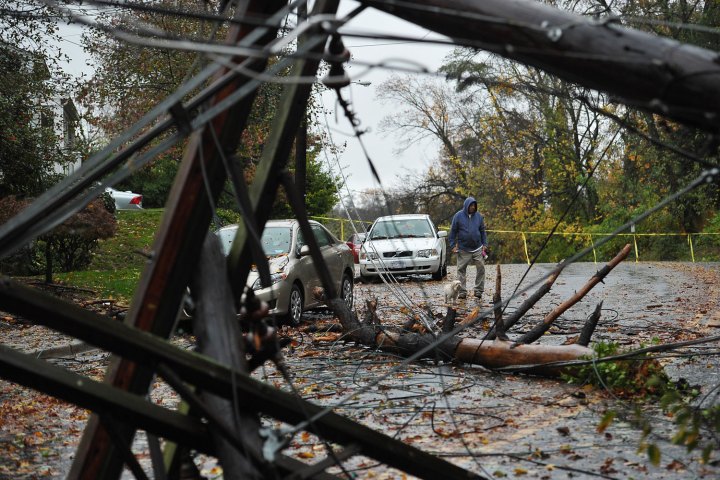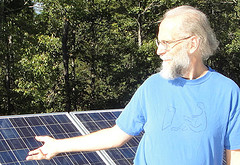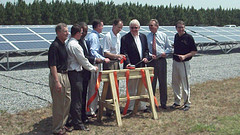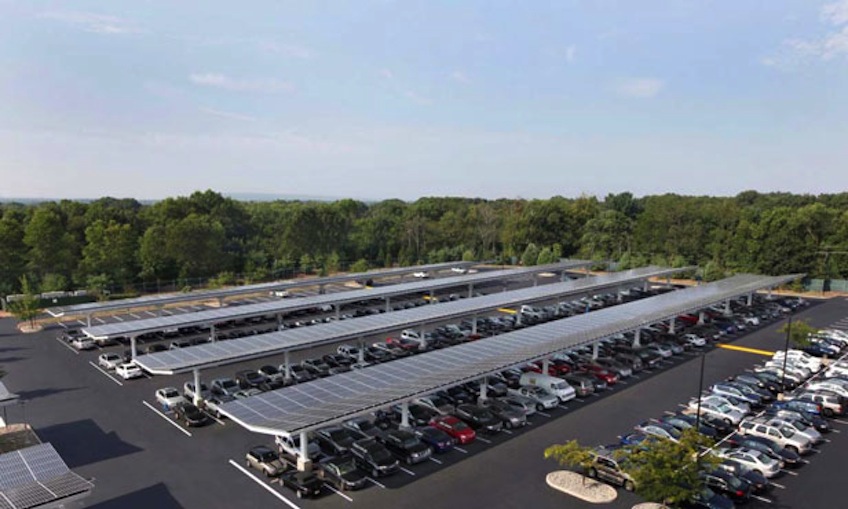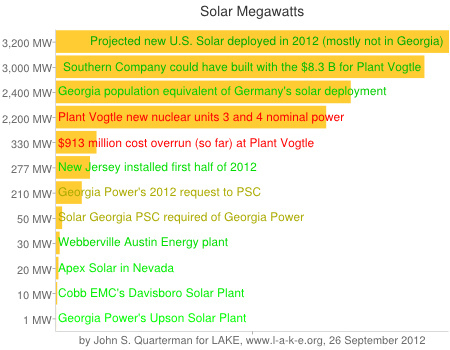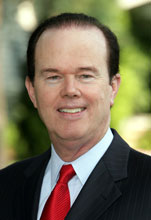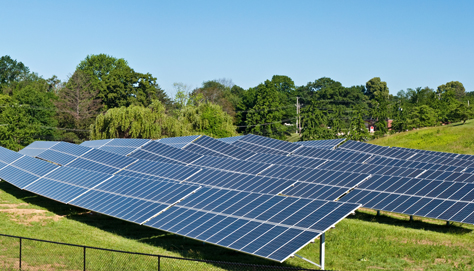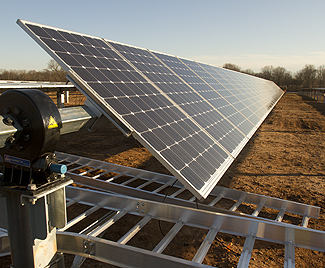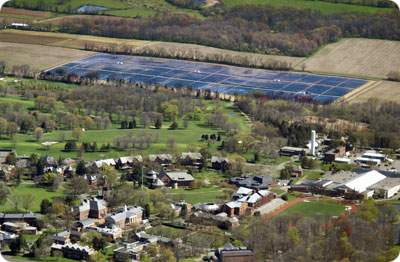Seen today on the WACE facebook page is an image of an op-ed in the VDT, and alongside it I include here Michael Noll’s initial comments, plus a few links.
Continue readingThere is good reason why Stephen Hawkins once said “the greatest enemy of knowledge is not ignorance, it is the illusion of knowledge.” When entities like Fox News can claim that “solar won’t work in America because it’s not as sunny as Germany”, we shouldn’t be surprised by the results of such “educational” efforts. The fact is that we have a number of clean and renewable forms of energy (e.g. wind, solar, geothermal) that already work. Just go to Spain, Germany, Denmark, Iceland, or simply stay in the US and visit places like from New Jersey and New York to California and Arizona. Combine these pieces of a larger energy puzzle with meaningful initiatives of energy conservation and energy efficiency, and we find a way out of our current predicament (i.e. continuing dependence on finite and dirty sources of energy), while saving money (see solar vs. nuclear), preserving our natural resources (e.g. water, forests), and providing clean, healthy and safe environments to live in (e.g. wind and solar do not produce radioactive waste, pollute our air and groundwater).
The guest columnist appearing above is the same individual who thought


